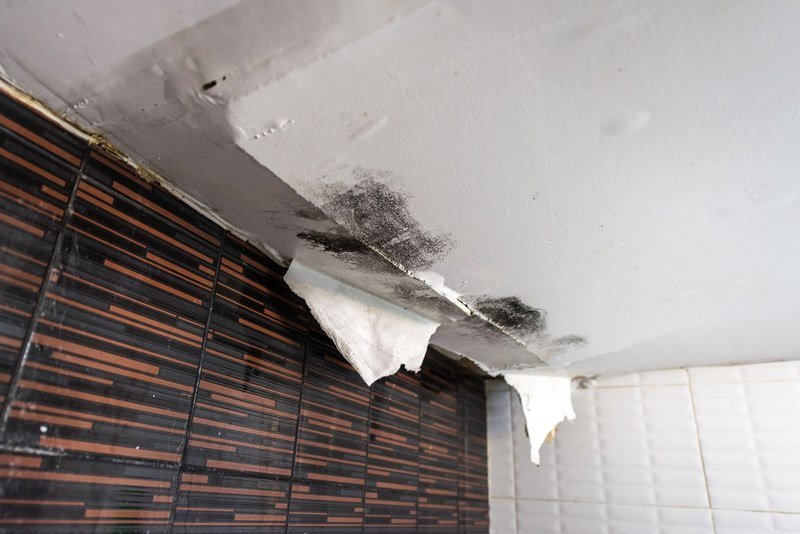Reveal the Most Frequent Origins of Water Leaks Within Your Home
Reveal the Most Frequent Origins of Water Leaks Within Your Home
Blog Article
This article following next involving How Fast Water Damage Can Ruin Your Home is immensely stimulating. Try it and draw your own results.

Leaks not only cause waste of water but can also cause unnecessary damages to your home as well as promote unwanted organic development. By recognizing and also looking for everyday circumstances that create leakages, you can safeguard your house from future leaks as well as unneeded damages.
Encroaching roots
Many water leaks begin outside the house rather than inside it. You may discover wet patches or sinkholes in your backyard, and that could mean that tree origins are attacking water lines causing water to seep out.
Corroded water systems
This may be the cause of discoloration or warping on your water pipes. If our plumbing system is old, take into consideration replacing the pipes considering that they are at a higher danger of deterioration than the more recent designs.
Malfunctioning Pipeline Joints
Pipe joints can wear away over time, resulting in water leaks. If you have loud pipelines that make ticking or banging noises, particularly when the warm water is turned on, your pipe joints are most likely under a whole lot of pressure.
Immediate temperature level adjustments.
Extreme temperature level changes in our pipelines can trigger them to broaden as well as get all of a sudden. This development and tightening might trigger fractures in the pipes, especially if the temperature level are listed below freezing.
Poor Water Connectors
At times, a leakage can be brought on by loosened hoses and pipes that provide your appliances. Typically, changing is what causes the loosened water Links. You may locate in the case of a cleaning device, a hose may spring a leakage due to drinking during the spin cycle. In case of a water links leakage, you might notice water running straight from the supply line or pools around your home appliances.
Blocked Drains
Blocked drains pipes may be frustrating and also inconveniencing, yet they can often wind up creating an overflow leading to burst pipelines. Maintain eliminating any kind of products that may go down your drains that might obstruct them to stay clear of such troubles.
All the above are root causes of leakages yet not all water leakages arise from plumbing leakages; some leakages could originate from roof leakages. All leakages ought to be fixed instantly to prevent water damages.
Leaks not just cause waste of water however can also create unneeded damage to your residence and advertise undesirable organic development. By looking and also recognizing for everyday scenarios that trigger leakages, you can secure your house from future leakages and also unnecessary damages. Today, we will look at six leak causes that might be triggering your pipelines to trickle.
At times, a leakage can be created by loose tubes and pipes that provide your devices. In case of a water connections leak, you may discover water running straight from the supply line or pools around your devices.
How To Check For Water Leak In Your Home
How To Check for Leaks
The average household's leaks can account for nearly 10,000 gallons of water wasted every year and ten percent of homes have leaks that waste 90 gallons or more per day. Common types of leaks found in the home are worn toilet flappers, dripping faucets, and other leaking valves. These types of leaks are often easy to fix, requiring only a few tools and hardware that can pay for themselves in water savings. Fixing easily corrected household water leaks can save homeowners about 10 percent on their water bills.
To check for leaks in your home, you first need to determine whether you're wasting water and then identify the source of the leak. Here are some tips for finding leaks:
Take a look at your water usage during a colder month, such as January or February. If a family of four exceeds 12,000 gallons per month, there are serious leaks.
Check your water meter before and after a two-hour period when no water is being used. If the meter changes at all, you probably have a leak.
Identify toilet leaks by placing a drop of food coloring in the toilet tank. If any color shows up in the bowl after 10 minutes, you have a leak. (Be sure to flush immediately after the experiment to avoid staining the tank.)
Examine faucet gaskets and pipe fittings for any water on the outside of the pipe to check for surface leaks.
Undetected water leaks can happen without the home or business owner even realizing. If you suspect a water leak, but not able to find the source. It is time to contact a professional water leak detection service, The Leak Doctor.
How To Find a Water Leak In Your Home
https://www.leakdoctor.com/blog/How-To-Check-For-Water-Leak-In-Your-Home_AE197.html

We were introduced to that editorial on Common Water Leaks In House through an acquaintance on our other website. You should set aside a second to distribute this blog entry if you enjoyed reading it. I am grateful for your time. Kindly stop by our blog back soon.
Urgent plumbing disruptions? Contact now Report this page